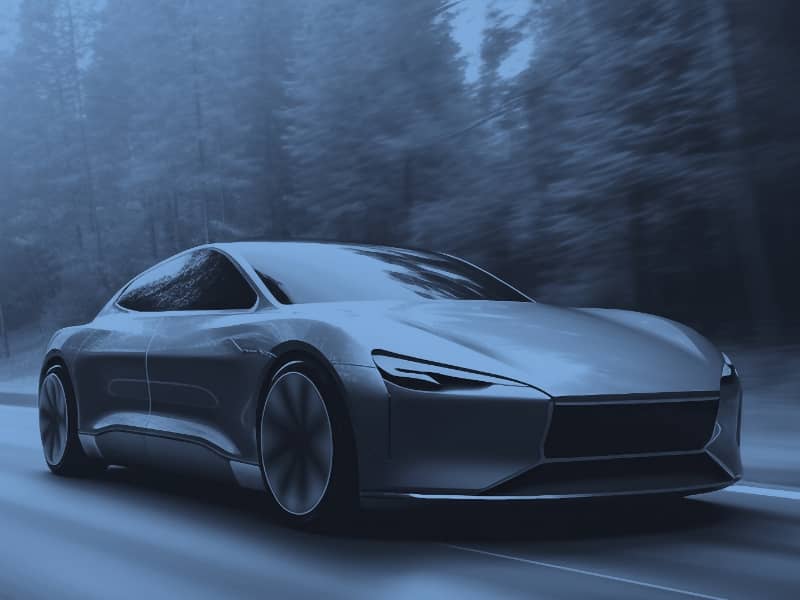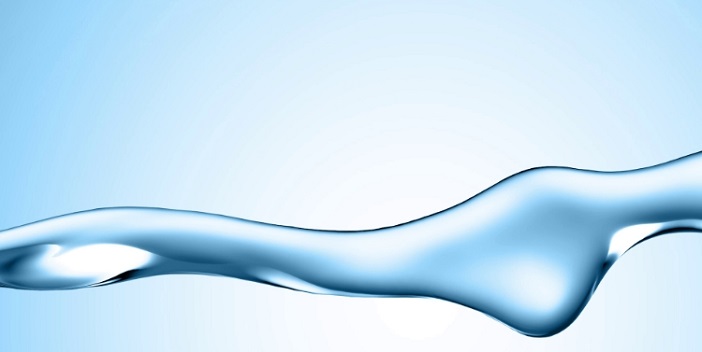
Find your Country and language
Lubricants Beyond Today's Standards TM
Petro-Canada™ Lubricants' distribution network extends to over 80 countries worldwide
This website uses cookies. By continuing to browse this website you are agreeing to our use of cookies. Find out more by reading our privacy policy.
Excluding the regions of Crimea, Donetsk and Luhansk

Petro-Canada™ Lubricants' distribution network extends to over 80 countries worldwide
The electric vehicle (EV) revolution is well underway, which is why Petro-Canada Lubricants has launched EVR, a new line of purpose-built lubricants and fluids for EVs.
EVR has been specially developed to power the ideas, designs and demand of tomorrow's technology. We not only understand the opportunities EVs bring, but we are also helping to enable them.
How can you be sure to choose the right fluid or grease to prolong the life of your EV? What level of protection can EV lubricants offer? And is there such a thing as the right kind of product for maximum performance, with longevity?
This Q&A with Darryl Purificati, Sr. Technical Advisor, OEM/Automotive at Petro-Canada Lubricants, an HF Sinclair brand, will answer those questions and explain what hardware manufacturers and EV owners need to know about the lubricants and fluids required to run and maintain EVs.
There are various ways to improve the efficiency in the driveline unit and therefore key factors to consider when selecting lubricants. Firstly, avoiding viscous drag and friction is a crucial factor applicable to electric and traditional engines alike.
A unique challenge to EVs is that heat must be removed from the motor as quickly as possible to improve the motor performance and overall system efficiency. This means that EV fluids must have exceptional heat transfer characteristics. The fluid’s viscosity is a major enabler of improved fluid thermal management, which means that EV fluids have typically lower viscosity than conventional automatic transmission fluids.
Electric motors run at high revolutions per minute (RPMs), meaning the driveline fluids need to work hard to protect gears from wear damage. It is a challenge to combine sufficient protection with the high performance expected in the next generation of vehicles. Success means the fluids will reliably transfer power to the wheelbase with minimum drag and churning in the gear set, all the while providing the protection that is required to keep the asset working for longer.
Driveline fluids for EVs are typically low viscosity fluids, providing better flow throughout the e-motor and parts. An appropriate fluid can help reduce friction on the gears and bearings, while allowing improved heat transfer and thermal efficiency. Combined, the motor will be able to run at its highest efficiency, keeping copper windings and motor components within optimal electrical motor efficiency.
Yes. Material compatibility is essential with EVs due to the copper hairpin windings and electronic components.
Unsurprisingly, EV fluid’s electrical properties are a key factor. Whereas an internal combustion engine (ICE) based driveline fluid is primarily focused on durability and performance, for EV fluids, it is critical to include a balance of conductivity, while avoiding issues with electrical arcing or sudden electrical discharge.
The hardware of an EV is fundamentally different to an ICE and in many cases the motor is in the same compartment as the gearbox.
As there is an electrical current going through more components, Original Equipment Manufacturers (OEMs) must work collaboratively with EV fluid developers to design fluids to their optimum conductivity – the aim is to keep it low but avoid electrical discharge and damage to the electric drive unit.
A quality EV fluid will protect the e-driveline unit by providing adequate antiwear protection, electrical properties, compatibility with copper and new materials while improving the unit efficiency.
Not really. Thermal management fluids are crucial to EVs and require a careful balance between thermal insulating quality, and electrical non-conductivity to prevent the build-up of electrostatic charges.
There are two types of fluid technologies for cooling in EVs – direct and indirect. Most major manufacturers have, to date, used indirect cooling, meaning various surfaces and plates are cooled by a cooling fluid, which then cools battery cells. This method does have some safety concerns, primarily, if there is a fire in one cell, it can spread to other cells and cause an explosion.
Comparably, direct cooling, or immersion cooling, while not directly used yet in many EVs, involves dielectric fluids which help dissipate the heat from the battery and can reduce the chance of thermal runaway or explosion. Similar to transformer oils, both need to be non-conductive, however, differences emerge when it comes to material compatibility, safety and performance.
Currently, the go-to fluid type is a water-glycol mixture. Unfortunately, they are relatively conductive and cannot be used in direct contact with a battery. We would expect to see the industry change to mineral oil-based immersion cooling fluids in the very near future.
The high operating speeds and materials compatibility requirements of the electric motors in EVs require specialized greases. Greases designed for EV applications provide extended high speed bearing life through enhanced oxidative and thermal stability. They also use carefully selected base fluids, thickeners and additive systems to provide both low friction to extend driving range and low noise operation. In addition, the additive systems must avoid the use of corrosive extreme pressure (EP) additives which can damage the copper motor windings. A final consideration is electrical conductivity. EV greases need optimized conductivity in order to protect bearings from damage due to electrical discharge.
The unique aspects of EVs impact grease choices in other areas as well. EVs are typically significantly heavier than their ICE counterparts due to their batteries. This added weight means extra stress on driveline components such as the constant-velocity (CV) joints. EVs bring an opportunity for more specialized CV joint greases that have higher EP protection than in a traditional vehicle.

Electric Vehicle Lubricants purpose-built to power the ideas, designs and demands of tomorrow’s technology
Learn More
Purpose-built to power the ideas, designs and demands of tomorrow’s technology
LearnMore